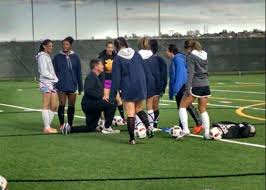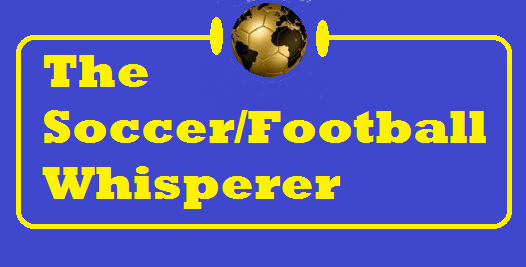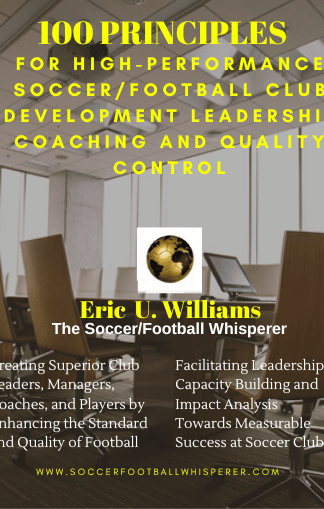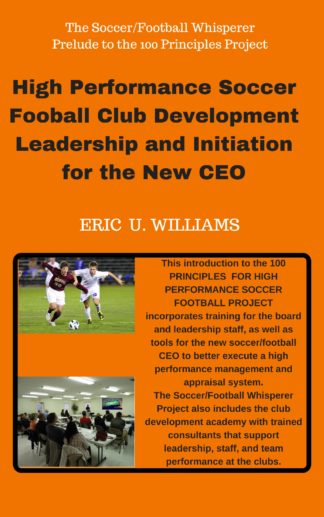 Coaches must get players to be able to consistently behave themselves in the appropriate ways in adjusting to the ball in ways that produce the standard expected result. A huge part of achieving a positive coaching effect is in the accurate selecting and training of nominated specialists to produce reliable objective results. Done properly or poorly, whatever is the true quality of the coaching effect will show up in the final results, and so the relevant coaching effectiveness processes must be known to the club leaders, well before the beginning of the season.
Coaches must get players to be able to consistently behave themselves in the appropriate ways in adjusting to the ball in ways that produce the standard expected result. A huge part of achieving a positive coaching effect is in the accurate selecting and training of nominated specialists to produce reliable objective results. Done properly or poorly, whatever is the true quality of the coaching effect will show up in the final results, and so the relevant coaching effectiveness processes must be known to the club leaders, well before the beginning of the season.
Collective finesse in execution is a huge indication of positive coaching effected and must be treated in details. Critical high quality skill acquisition is derived from a deliberate process of skill fixation. it is obviously better when implemented earlier in the development of players using the *Whisperer’s Skill Fixation Kit, but it is never too late.
* The Willguard Enterprise SFW Skill Fixation Kit will be included in the Roll-out of Products in 2018
However, for the desired results to be achieved in time, the steps in skill acquisition must be fully understood and followed by the coaching staff. Figure 1.3 Steps to Training for High Performance Skill Acquisition/Fixation, introduces some clear procedures that should be expected from the coaching staff.
Phases in Skill Acquisition for Achieving High Quality Competitive Performance
The best coaching practices will only be assured by proper skill and performance testing to ensure correct diagnosis for accurate curriculum design, followed by timely implementation of structured remediation, backed up by clear age-appropriate instructions, applied in appropriately logical phases:
Phase 2 – Confirming Learning: Practice of multiple correct executions and testing should take place in the same or a setting similar to the one in which the high performance of the skill or task will be required.
a) Perfection in executing of the gross motor skills 3-6 times consecutively (with each leg) will indicate that the initial learning has occurred, but must be confirmed by fluent verbalization of the coaching points. Players must know why what he is taught is working the way it does, and when it does not, why so.
b) Testing 3 – 6 times pre- season, and getting it right 5 – 7 times in succession on more than one occasion is indicative of approaching skill fixation
Phase 3 – Practice: This practice phase can only commence in earnest after learning phase two is confirmed, and must continue under strong supervision, until the execution can’t to be got wrong. Only by repeatedly executing of the correct action (practice units) until the skill is fixed in motor memory that the advancement can be made in the next stage.
Phase 4 – Competence- Implementation and Application: Players knowing exactly what to do when, and repeatedly doing so successfully by the way they have been taught and also know how to improvise in a dynamic and competitive environment.
Phase 5 –Creative Adaptation is Achieving High Performance. This concept goes beyond the threshold of competence: Continuing application and implementation of successful practice at the set levels of competence, in various increasingly competitive environments will result in creative adaptation for sustainable high performance skill fixation.



